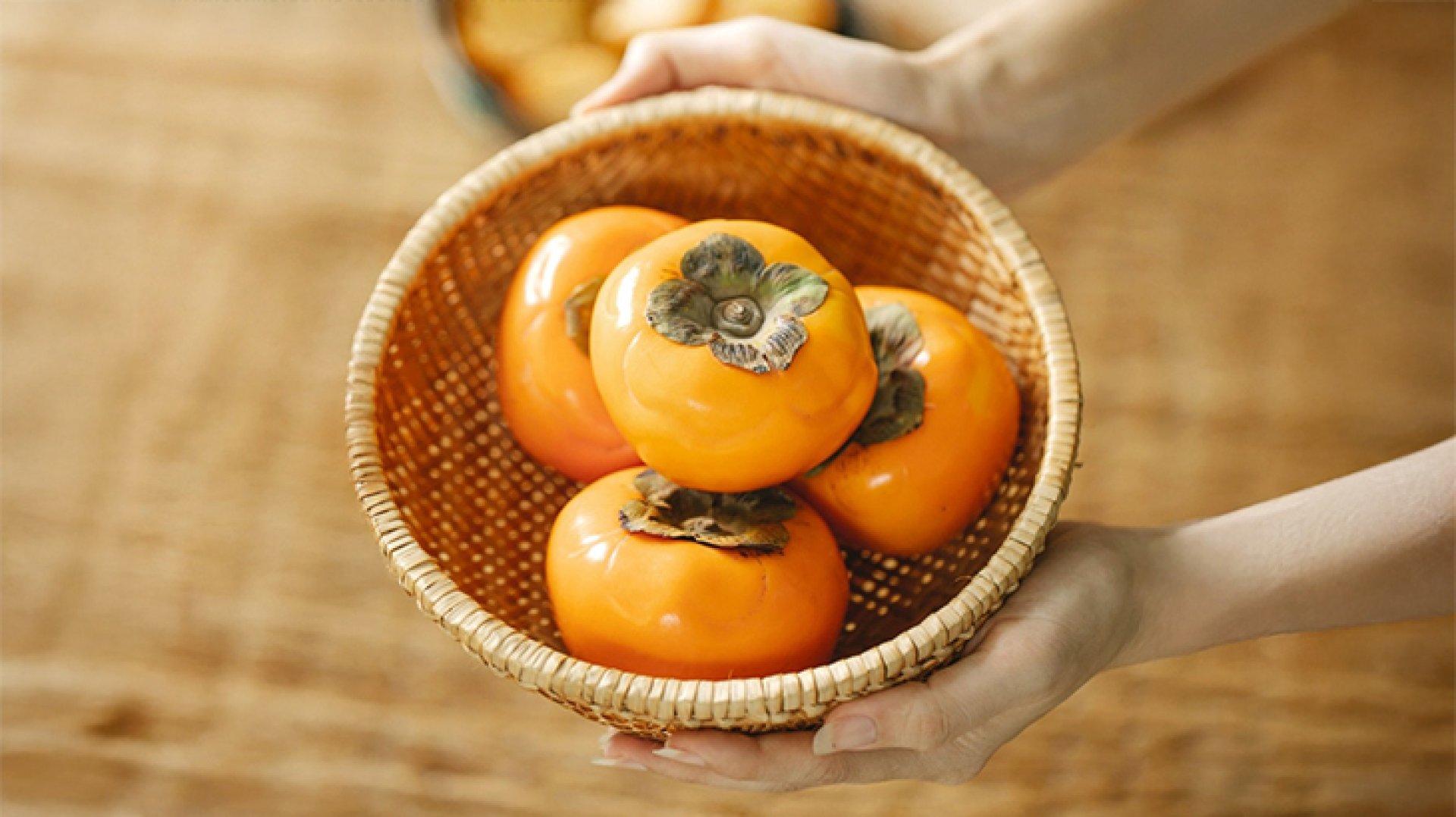Persimmon

Ancient Roots and Medicinal Status
Persimmon has its origins in China over 2,000 years ago, where it is known as Shi Zi (柿子). Revered for its healing properties, Chinese herbal medicine often cited persimmon as a sacred fruitsymbolizing balance and wellness, especially in seasonal transitions
From China to Japan: The Rise of Kaki
The fruit spread to Japan, where it became known as Kaki (かき). Japanese growers cultivated numerous varieties such as Fuyu, Hachiya, Jiro, and Chocolate. Persimmon harvest in Japan is an autumn tradition, and the fruit is celebrated in cuisine, art, and seasonal decorations.
Dried Delicacies: The Art of Hoshigaki
In Japan, fresh persimmons are often dried to make Hoshigaki (干し柿). Peeled and air-dried, they become naturally sweet, chewy, and less astringent. This method enhances flavor and extends shelf lifeturning persimmon into a refined seasonal treat.
Arrival in America and Agricultural Expansion
Although first brought to the U.S. by Commodore Matthew Perry in the 19th century, persimmons thrived only after Japanese immigrants successfully cultivated them in Californias Mediterranean climate. Today, California remains a key producer of Japanese-style persimmons in the West.
From East Asia to the World
Persimmons appeal quickly spread beyond Asia. Now enjoyed across Europe and the Americas, it has become a globally recognized fruitsought after for its bright color, unique texture, and sweet-tart balance.
Cultural and Culinary Significance
Beyond being a healthy snack, persimmon holds symbolic value in Korea, China, and Japanfeaturing in festivals, ancestral rites, and even traditional motifs. In the West, its enjoyed fresh or incorporated into puddings, cakes, jams, and baked goods.
Persimmon Today
Modern farming has enabled global availability of persimmons. China, South Korea, and Japan lead in production, while improved logistics allow the fruit to reach supermarkets worldwide. Whether fresh, dried, or cooked, persimmons remain a seasonal delight loved by many.


